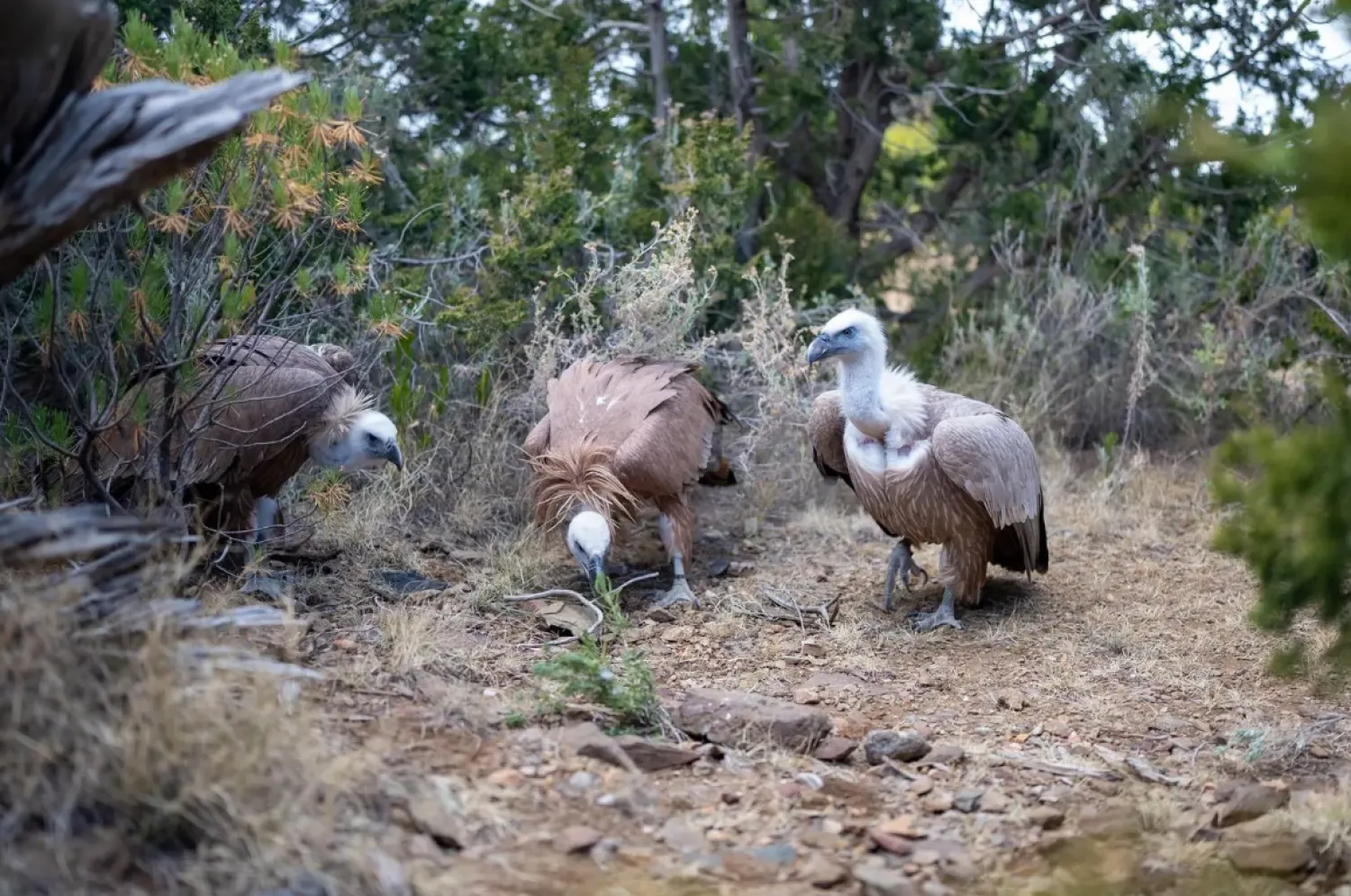Kenda Zellner-Smith hauled up a corrugated metal door to reveal hundreds of wooden boards covered with graffiti, each telling a story of the protests that followed George Floyd's killing by a US police officer.
The 28-year-old has collected and archived the panels that once protected businesses from rioting in Minneapolis, aiming to preserve the legacy of the 2020 murder that shocked the United States.
Five years on, Zellner-Smith said the boards, kept in a storage unit by an industrial site two miles (three kilometers) from where Floyd died, still evoke powerful emotions.
They range from blank plywood with text reading "I can't breathe" -- the final words Floyd said as Derek Chauvin, a white police officer, knelt on his neck -- to colorful murals depicting rainbows and love hearts.
"Every time I look at them there's something different I notice," she told AFP. "They reignite an energy or a fire that was felt years ago during the uprising."
Then a university graduate in Minneapolis, Zellner-Smith was among millions of Americans who joined the Black Lives Matter rallies in 2020 that swept US cities.
The threat of vandalism saw many businesses protect themselves with wooden boards, which became canvases for protesters' slogans and drawings demanding justice.
- 'Resistance' -
Zellner-Smith said she decided to start collecting the boards after seeing one taken down after the protests and thinking "'Oh my God, these are going to disappear just as fast as they showed up.'"
"Every single day after work, I'd grab my dad's pickup truck and I would just drive around searching for boards," said Zellner-Smith, who searched alleyways and dumpsters.
Today, her project called "Save the Boards" counts over 600 in its collection, with each stacked vertically in a pair of storage units measuring 10 by 30 feet (three by nine meters).
But with Floyd's legacy under the spotlight on the fifth anniversary of his death as many hoped-for reforms to address racism have not been met, she said the boards are crucial to sustaining the protest movement.
"Art serves as a form of resistance and storytelling, and it speaks to real, lived experiences, and that's what these are," Zellner-Smith said.
Her next challenge is finding a long-term home for the boards as grants that covered storage costs are running dry.
A handful are already being exhibited, including in a building restored after it was damaged by arson during the 2020 protests, and most have been photographed to be archived online.
"My biggest push is just to make sure they're still seen. The stories they have to tell are still heard, and that people understand there's still a lot of work to be done," Zellner-Smith said.
- 'Murals gave me hope' -
Her initiative is similar to another, more expansive one in Minneapolis called Memorialize the Movement.
That nonprofit exhibited around 50 boards during a memorial event held Sunday on a recreation ground near George Floyd Square, the name given to the area where the 46-year-old was killed.
With Afrobeat music booming from speakers, dozens of people scanned the display that included one piece with squares of black and brown, each filled with phrases like "We matter" and "Protect us."
Another mostly bare wooden board had just a black love heart with "No justice, no peace" written in the middle.
"I think it is absolutely vital that these murals and this story that they tell are preserved for future generations," said Leesa Kelly, who has collected over 1,000 pieces while running Memorialize the Movement.
Asked what drove her to start the project, the 32-year-old replied: "I didn't do this because I was motivated or inspired, I did it because I was experiencing trauma."
"A Black man was killed. The murals gave me hope," said Kelly, who also collected many of the boards herself during the 2020 protests.
Darnella Thompson, 43, was one of those looking at the boards on a warm, sunny day, stopping to take a photo in front of one saying, "Speak up" and "Hope."
"It's overwhelming," she told AFP. "As a person of color who has experienced quite a bit here in this country, it definitely resonates very much with me."
"It brings up more sadness than anything because this is continuous," Thompson added.









